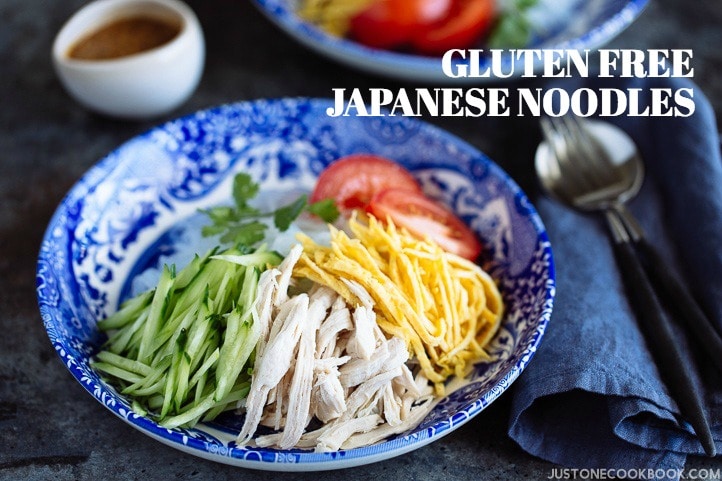
Love Japanese noodles but on a gluten-free diet? Fortunately, these tasty gluten-free Japanese noodles are here to satisfy your cravings.
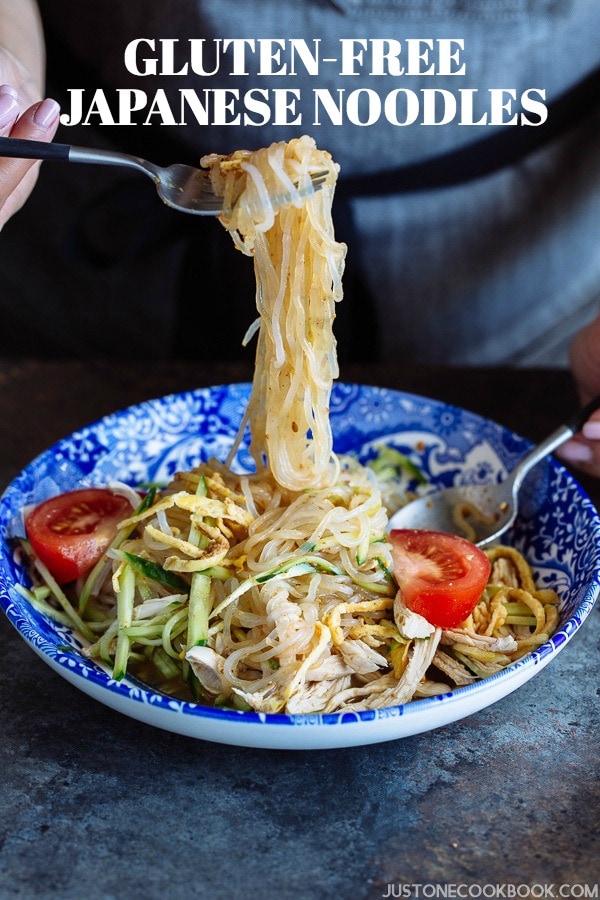
With rice as the main staple, Japanese food has always been a great choice for those who are on a gluten-free diet. But it can get tricky if you have a soft spot for noodles, many of which are often formulated to be made with wheat flour.
Luckily, there are some really delicious gluten-free Japanese noodles that can save the day when noodle craving is calling. Each of these noodles has their own unique flavor and texture. Did I say they are surprisingly versatile too? Even if you don’t follow a gluten-free diet, you will still thoroughly enjoy these noodles.
Here are the gluten-free Japanese noodles that everyone will love:
Gluten-Free Japanese Noodles
![]()
1. Shirataki (Japanese konnyaku noodles) しらたき
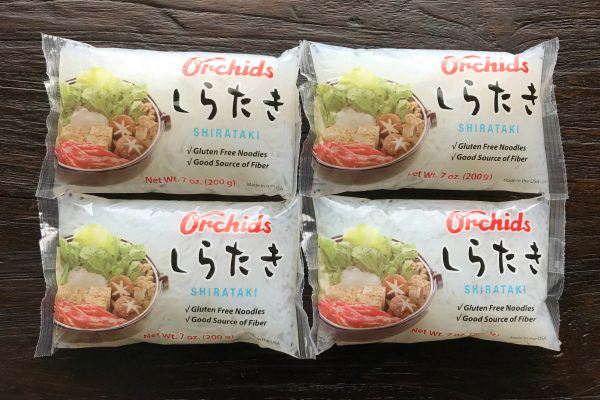
Shirataki noodles are Japanese konnyaku noodles made from the starch of a yam-like tuber called konjac or Devil’s Tongue. The starch is mixed with water and limewater, and then shredded into shirataki noodles.
In the US, shirataki noodles are dubbed as the ‘zero-calorie noodles’ and are marketed as the health food of choice. Since they are zero to low in calorie, gluten-free and vegan, they make the perfect noodle for those who are on special diets.
Flavor-wise, shirataki noodles are literally flavorless but they are excellent in absorbing flavors, which is a bonus when you toss them in a delicious sauce. They are light and translucent and have a slippery, gelatinous texture.
Although you can eat prepared shirataki noodles straight from the package, we recommend rinsing and boiling the noodles to get rid of the odor of the liquid they are packed in.
The traditional shirataki is made with pure yam starch, but sometimes you’ll find other ingredients such as tofu and other proteins added to the noodles. Our favorite is still the traditional one.
Where to find shirataki noodles?
Besides Japanese and Asian grocery stores, you can find shirataki noodles in many major grocery stores or health food stores these days. They are usually sold in the refrigerator section next to tofu. You can also buy them from Amazon or from Asian Food Grocer online.
Try these delicious gluten-free recipes using shirataki:
Sukiyaki – A popular Japanese hot pot dish with plenty of vegetables, sliced meat, tofu and shirataki. Use gluten-free soy sauce for the broth.
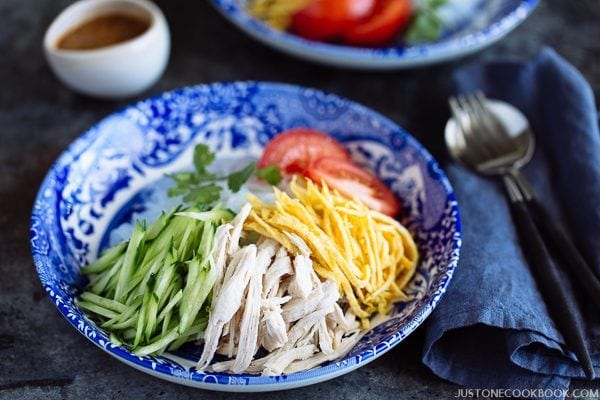
Shirataki Noodles with Honey Sesame Dressing – A guilt-free noodle dish that everyone will enjoy!
Nikujaga – Sliced beef slow cooked with potatoes, shirataki noodles, and onion in a delightful soy dashi. Here is the quick Instant Pot Nikujaga recipe.
2. Harusame (Japanese Glass Noodles) 春雨
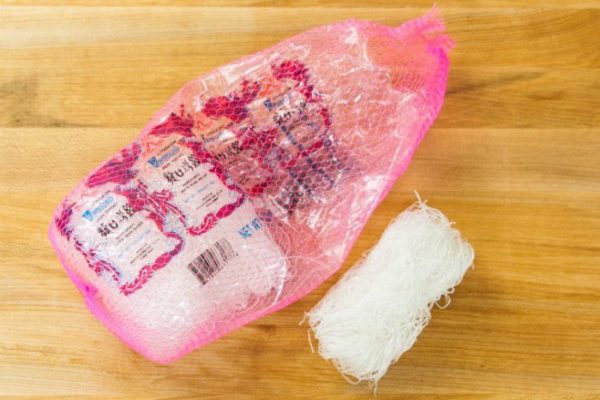
Also known as Japanese glass noodles or cellophane noodles, harusame is made from both potato starch and sweet potato starch, and sometimes with rice or mung bean starch.
They are almost whisper-thin and appear white in dried form, but once they’re cooked they turn translucent and slippery. Hence the name glass noodles. Harusame are slightly thicker than the Chinese-style glass noodles, although you can interchange both in recipes.
Harusame noodles are flavorless and very light in texture. They have a slightly chewy texture which makes them the perfect noodles for salads and excellent stuffing for spring rolls. The noodles usually come in big bundles in a bag.
To prepare harusame, you need to rehydrate the noodles and boil it for 3-4 minutes or according to the package instructions. Rinse under cold water to remove the starch and drain well. They are usually very long, so cut into smaller length if you like.
Where to find Harusame Japanese Glass Noodles
You can find harusame noodles at your local Japanese grocery stores or well-stocked Asian grocery stores.
Try these delicious gluten-free recipes using harusame:
Harusame Salad – Japanese glass noodle coated in a savory and tangy sesame soy vinaigrette.
Harumaki – Crispy Japanese spring roll with the delicious filling.
3. Soba (Buckwheat Noodles) そば
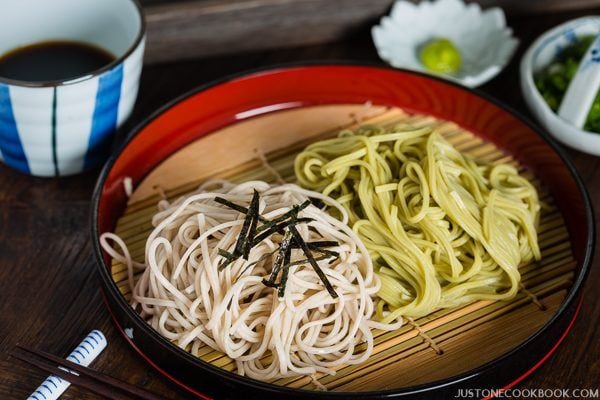
Probably the most recognizable Japanese noodles, soba or buckwheat noodle is a type of thin noodles made from buckwheat flour. Sometimes it is made with a combination of buckwheat and wheat flours. For gluten-free option, you want to check the ingredient list and make sure it’s 100% buckwheat.
Come with a light or dark grayish-brown color, soba noodles are known for its earthy and deep nutty flavor from the buckwheat. They can be enjoyed either chilled with a dipping sauce, in a hot dashi broth as a noodle soup, or at room temperature year round.
Where to find gluten-free buckwheat soba?
Some Japanese grocery stores offer Juwari Soba (十割そば) that is made of 100% buckwheat flour. Eden Foods and Mitoku are some good brands that offer 100% buckwheat soba.
Try these delicious gluten-free recipes using Juwari Soba (100% buckwheat noodles):
Soba Noodle Salad – Tossed in a honey-soy dressing, you can enjoy this noodle chilled or at room temperature.
Soba Noodle Soup – For a complete gluten-free version, you can top it with gluten-free tempura or keep it simple with greens and a soft-boiled egg.
4. Other Gluten-Free Noodles:
There are also other unique gluten-free choices to make Japanese noodle dishes. Some gluten-free brands such as Explore Cuisine even offers pasta made from edamame and mung bean which makes interesting substitutes. Lotus Foods also offer Millet and Brown Rice Ramen which you can buy from Amazon.
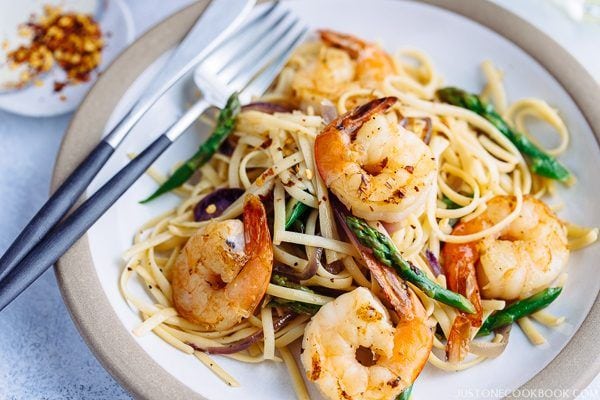
And if you like Japanese-style Wafu Pasta, we recommend Garofalo’s Gluten-Free Pasta.
![]()
Looking for More Gluten-Free Recipes?
We hope you enjoy the noodles and the recipes we recommended. Don’t miss out more gluten-free Japanese recipes here!

Originally from Penang, Malaysia, Reese lives in Minnesota with her husband and their baby boy. She previously ran an Asian spice shop, and also worked on UNESCO Heritage projects in Penang in the areas of performing arts, history, and arts education. Reese loves spending time with her family, listening to podcasts, and reading up on art & design. And of course dreaming of another trip to Japan to hike mountain trails and eat her favorite street food Okonomiyaki. More from Reese →
from Merah Hati Cintaku https://ift.tt/2Gtt0P0
via merahhaticintaku.blogspot.my
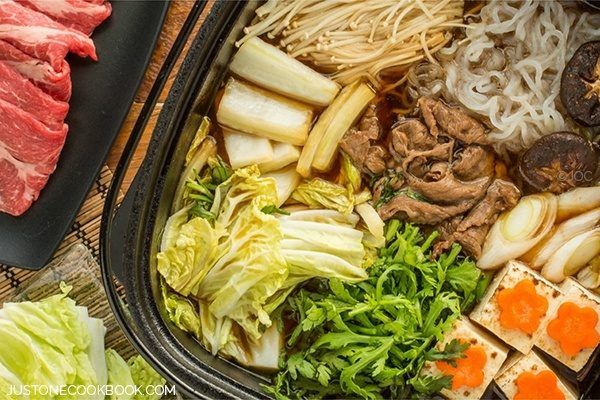
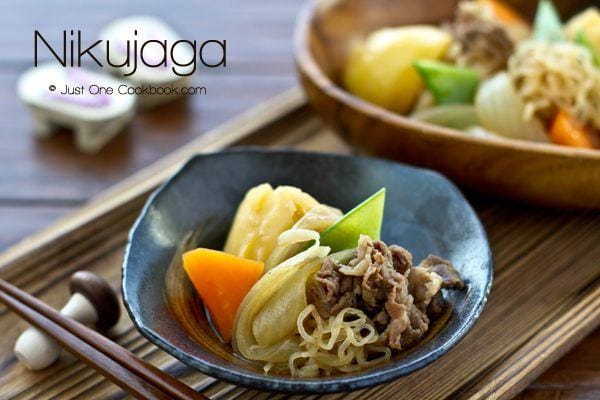
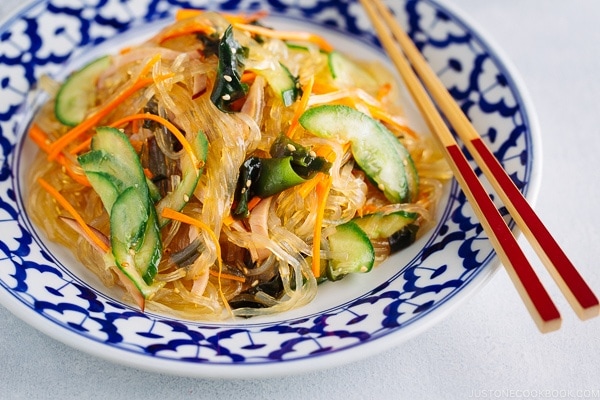
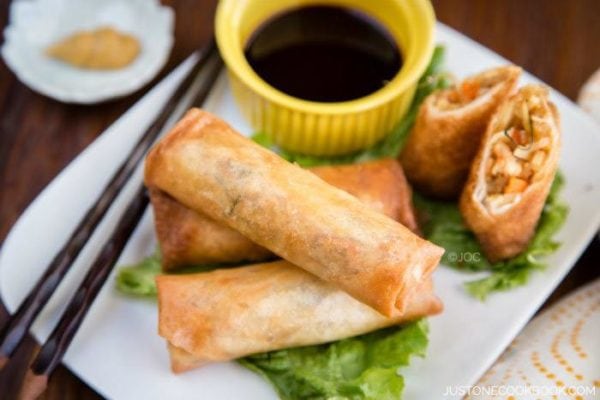
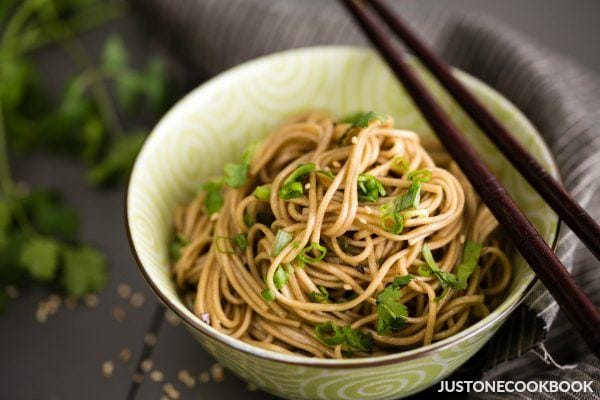
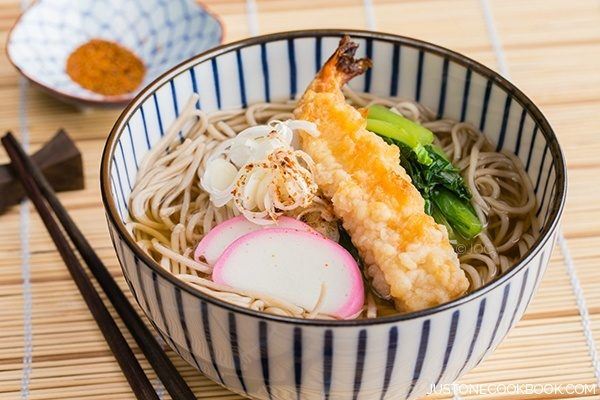
No comments:
Post a Comment